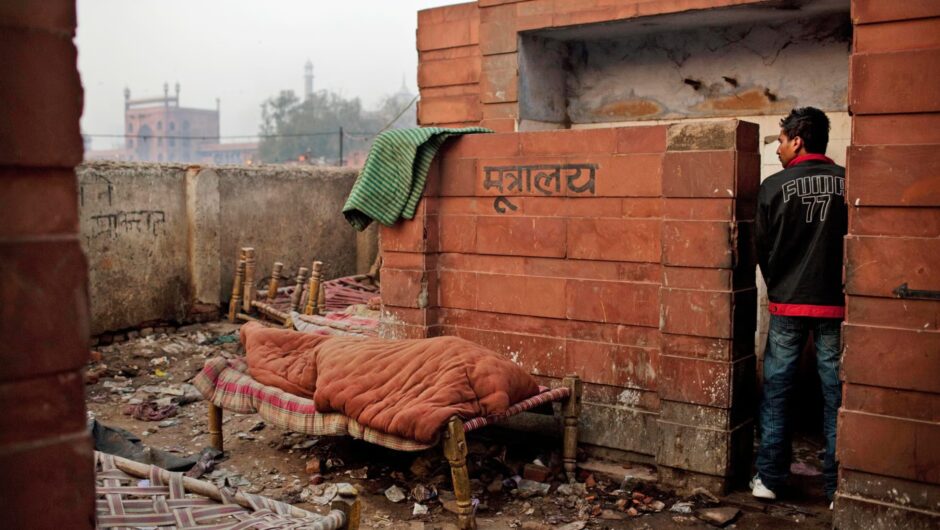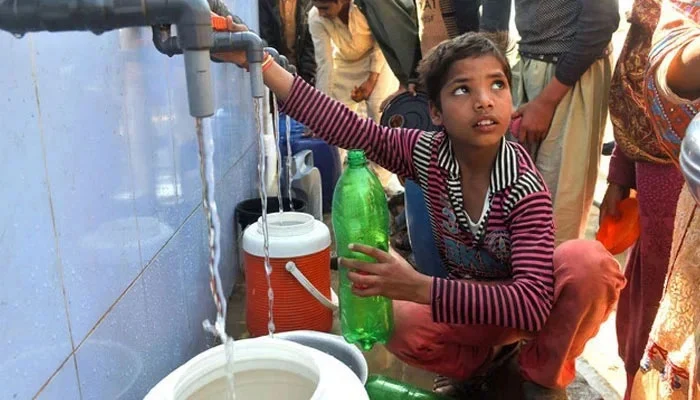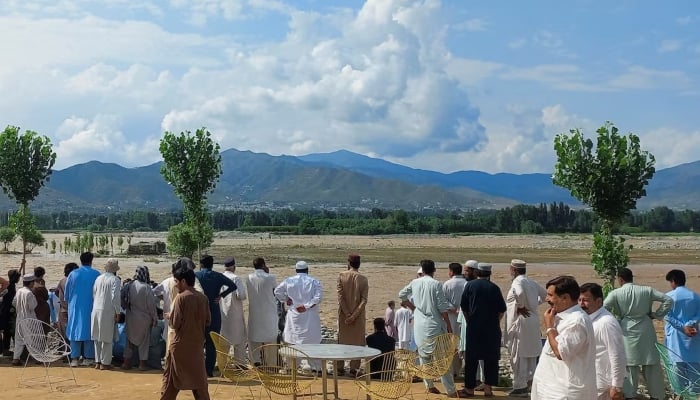The Water and Sanitation Agency (WASA) has declared a drought emergency in Rawalpindi due to an intensifying water crisis exacerbated by prolonged dry spells and insufficient rainfall. This situation has led to a significant decline in the city’s water reserves, prompting immediate action from local authorities.
Factors Contributing to the Water Shortage
Several key factors have converged to create the current water scarcity in Rawalpindi:
- Declining Water Levels: The underground water table has dropped below 700 feet, a critical threshold that jeopardizes the functionality of numerous boreholes and wells across the region.
- Operational Challenges: Frequent power outages have disrupted the operation of tube wells, further diminishing the water supply to residential areas.
- Financial Constraints: The Islamabad Electric Supply Company (Iesco) has disconnected electricity to nine essential tube wells due to outstanding dues amounting to PKR 1.8 billion owed by WASA. This action has severely impacted water distribution in key areas of the city.
Impact on Residents
The water crisis has had profound effects on the daily lives of Rawalpindi’s residents:
- Increased Reliance on Private Water Tankers: With the municipal supply dwindling, many households are compelled to purchase water from private tankers. The surge in demand has led to inflated prices, placing additional financial strain on families.
- Health and Hygiene Concerns: Limited access to clean water raises concerns about sanitation and the potential spread of waterborne diseases, especially in densely populated and underserved communities.
Measures Undertaken by Authorities
In response to the escalating crisis, several measures have been implemented:
- Declaration of Drought Emergency: WASA has officially declared a drought emergency, enabling the mobilization of resources and the implementation of water rationing protocols to manage the limited supply more effectively.
- Appeals for Water Conservation: Authorities are urging residents to adopt water-saving practices, such as repairing leaks promptly, utilizing water-efficient fixtures, and minimizing non-essential water usage.
- Negotiations for Power Restoration: Efforts are underway to resolve the financial disputes with Iesco to restore electricity to the affected tube wells, which is crucial for reinstating adequate water distribution.
Long-Term Solutions and Future Outlook
To prevent the recurrence of such crises, a multifaceted approach is being considered:
- Infrastructure Investment: Upgrading and maintaining water supply infrastructure, including the installation of energy-efficient pumping systems and the development of alternative water sources, are essential steps toward sustainability.
- Policy Reforms: Implementing stricter regulations on groundwater extraction and promoting rainwater harvesting can help replenish the water table and reduce dependence on dwindling reserves.
- Public Awareness Campaigns: Educating the community about the importance of water conservation and efficient usage can foster a culture of sustainability and collective responsibility.
The current water crisis in Rawalpindi serves as a stark reminder of the pressing need for comprehensive water management strategies. Collaborative efforts between government agencies, utility providers, and the public are imperative to address the immediate challenges and to establish a resilient framework for the future.





